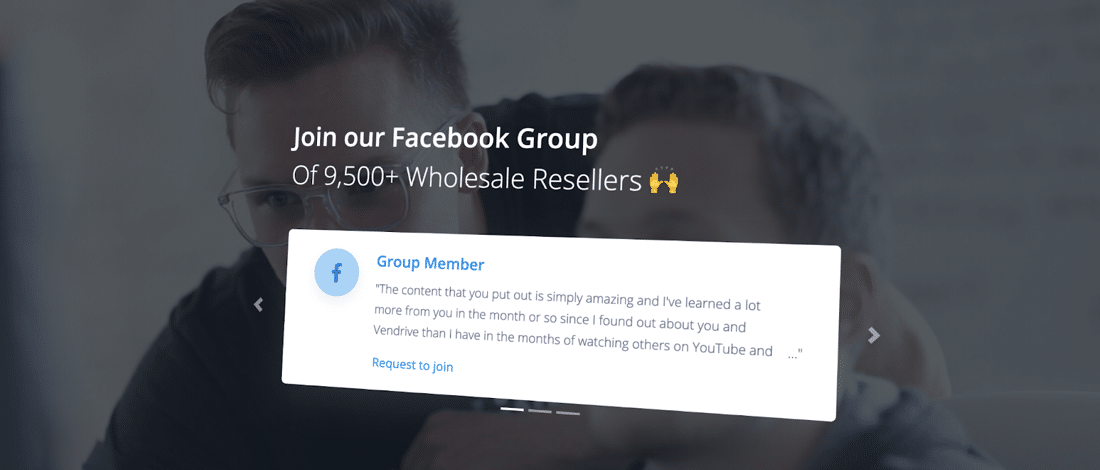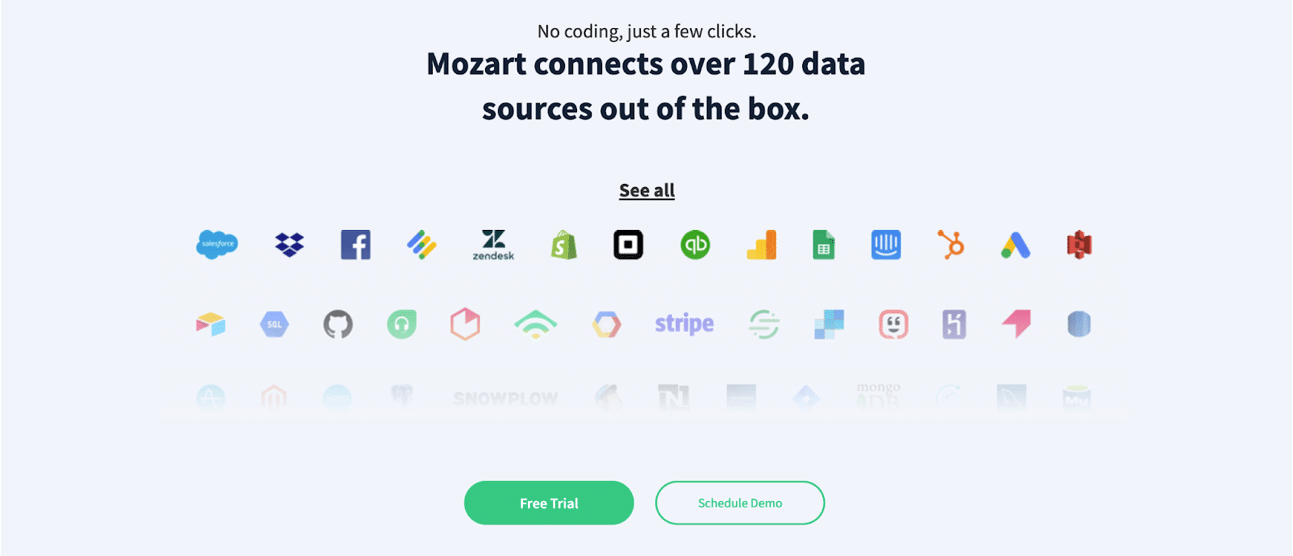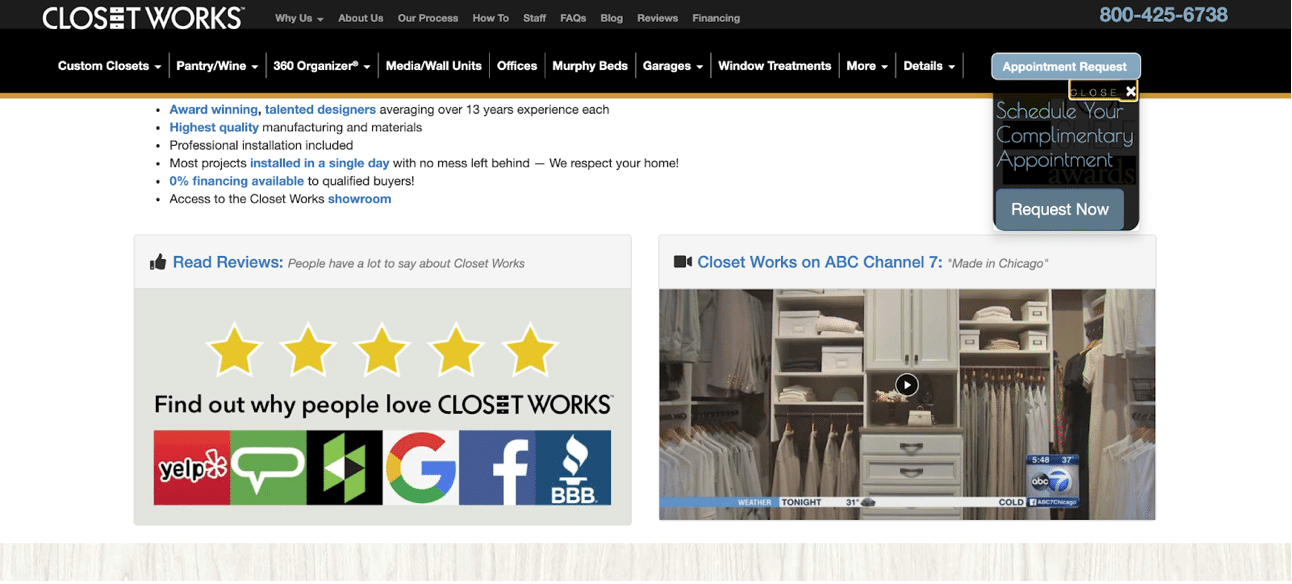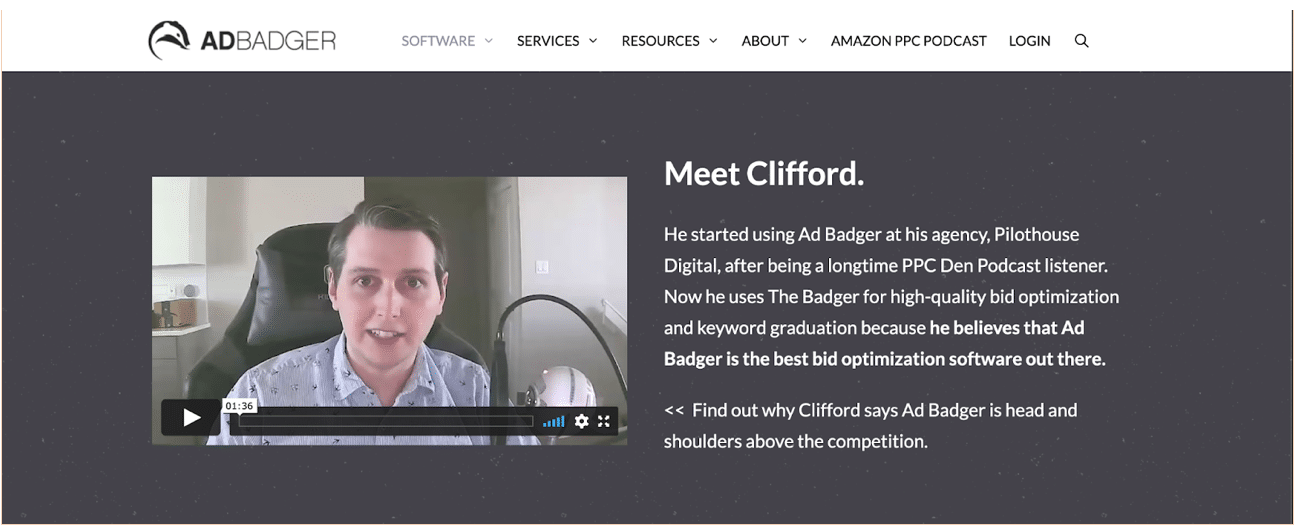People can say anything on the internet. It’s an ungoverned sprawl of information where businesses, organizations, and individuals can make any claim that supports whatever their agenda happens to be.
The truth is optional.
This is great news for con artists and purveyors of substandard products and services. For legitimate business owners like yourself, it’s not so great.
Sadly, the absence of authority on the internet means that your average consumer is… shall we say… “reluctant” to trust a brand they’ve never done business with before.
With the possible exception of social media presences, your brand’s website is the first opportunity you’ll have to build trust with prospective customers.
Let’s take a look at four ways you can do this as effectively as possible.
1. Create an off-site community
When your credibility hinges solely on words and pictures that your brand has curated, certain visitors may be skeptical about doing business with you.
An effective way to solve this issue is to build a community away from your website and draw as much attention to it as possible.
Before I continue, let’s put a fine point on the term “community.”
I’m not talking about simply building a decent following on Facebook, LinkedIn, or Twitter. Posting once or twice a week on social media isn’t going to cut it when it comes to building a thriving community that generates exceptional credibility for your brand.
A community is a group of people who have meaningful interactions with each other. It’s a place where conversations relating to your industry happen with or without your involvement.
A Facebook group is, in my opinion, one of the easiest and most effective places to create such a community. It’s free, it offers terrific functionality, you don’t have to worry about a cumbersome signup process, and the platform is (probably) already integrated into the lives of all your potential customers.
Once you’ve got your group set up, you face the task of building an engaged community. This can be quite challenging, but the rewards are significant. Buffer has written an excellent primer on how to go about doing this.
Once your community is up and running, draw attention to it on your website.
Elementor has a Facebook group that’s 113K members strong. I navigated there from their site’s “Community” page, to the Official Facebook Groups section.
Aura, on the other hand, blasts this horn right from their home page. Here’s what I like about their approach
- The home page element promoting the group is well-designed and gives visitors plenty of great reasons to join.
- Even though there’s a lot of visibility for the group, there’s still an element of exclusivity. The group is private, and members have to be approved.
- The group is all about community. Its purpose is for Amazon FBA sellers to support one another, not for Aura to promote its services.
Image: goaura.com
2. Shine a spotlight on recognizable partnerships
I like to call this section “credibility by association.”
Essentially, if you’ve had meaningful dealings with any globally recognizable brands, you’ll want to shout this from the digital mountaintops.
There are many different ways you can go about this. Let’s take a look at some of them.
-
Technical integrations
This applies to technical products or services that creators have developed to be used on various third-party platforms. Take a look at a cloud data platform like Mozart Data or a workflow automation tool like Automate.
Both of these companies enable connections between their clients and industry-leading enterprises like Google, Facebook, Stripe, and Mail Chimp.
This entitles both companies to show the logos of these platforms on their websites, as long as it’s in the context of illustrating how their services work.
Image: mozartdata.com
-
Client lists
Don’t hide the fact that you count Volvo, Google, and Blizzard Entertainment amongst your clients.
As long as you’ve got permission to use their trademarks in your marketing material, you can proudly display these logos on your site.
This is exactly what inFlow did under a smart, snappy heading that reads: “Trusted by large, medium and small businesses worldwide.”
Image: inflowinventory.com
-
Earned media
If you’ve had positive press coverage or caught the eye of an influential social media figure, don’t hesitate to let your site visitors know.
Keep your eye on new sources of web traffic or set up a Google alert to find out if people are discussing your brand.
If you find that your company’s been reviewed by a reputable media outlet, don’t hesitate to reach out and get permission to use their logo in an “as featured on” section on your home page.
Closet Works shows us how to do this tastefully on their homepage. The closet specialists even go so far as to include the full ABC Channel 7 video clip that featured their brand.
Image: closetworks.com
3. Go the extra mile with testimonials
Social proof is pretty darn important—especially in the B2B space.
A recent study conducted by G2 found that testimonials were a significant driver of purchase intent in the B2B space. In fact, 92.4 percent of survey respondents felt that they were more likely to make a purchase after reading a positive customer review.
Over the years, a specific type of review has evolved into the standard testimonial format. This review includes:
- a professional headshot of the customer
- their name
- what they do at the company
- a quote that looks like it’s been auto-generated by Testimonial Bot
If generating trust is a genuine priority, we need to offer website visitors more than this cookie-cutter approach.
Ad Badger shows us an example of what I’m talking about.
Not content with simply dishing up the kind of review that all of us have become desensitized to, the Amazon campaign optimizer uses their testimonial space to deliver something truly valuable. It’s a simple 90-second video of a customer talking candidly and sincerely about how much Ad Badger has helped them.
I love how conversational and low-fi this clip is. It feels unscripted and super-authentic. Clifford uses meaningful terminology that speaks to the audience, and he’s clearly comfortable in front of the camera.
Image: adbadger.com
If you want a great B2C example, look no further than LifeLock. The digital security company goes the more “produced” route with their video testimonials but still manages to create a real sense of authenticity.
4. Highlight meaningful stats
Don’t hold back on facts and figures that constitute proof of your company’s success. Any company can claim to be successful, but only meaningful statistics can back this up.
The key to implementing this tactic effectively is in providing numbers that speak to your target audience. Potential customers will be impressed by how many other clients you have, and this will go a long way towards establishing credibility, but they’ll also want to see figures that show them the value your product will bring into their lives.
Real trust comes from the fact that you recognize the impotence of certain metrics and that you have the mechanisms in place to record them.
ShowMojo offers us one of my favorite examples of this approach. The leasing automation company not only impresses their site visitors with sales stats but also shows potential customers figures that prove how important automation is in the leasing space.
Image: showmojo.com
In closing
The old maxim is right—trust is something that has to be earned.
Fortunately for businesses that take the content of their websites seriously, “earning” can happen before someone actually becomes a customer.
Obviously, there are more methods to earn trust than the four we discussed in this article. Take the initiative to explore the web and do more research on the topic.
Whatever you decide to implement on your site, remember to assess it from your target audience’s perspective.
Only you know what will or won’t work for the people and businesses you want to convert into customers. Identify the trust issues unique to your industry and address them with clarity and confidence.














